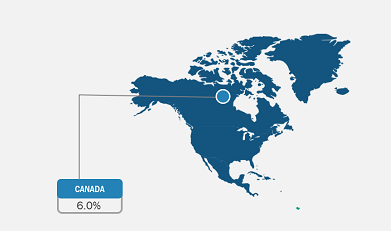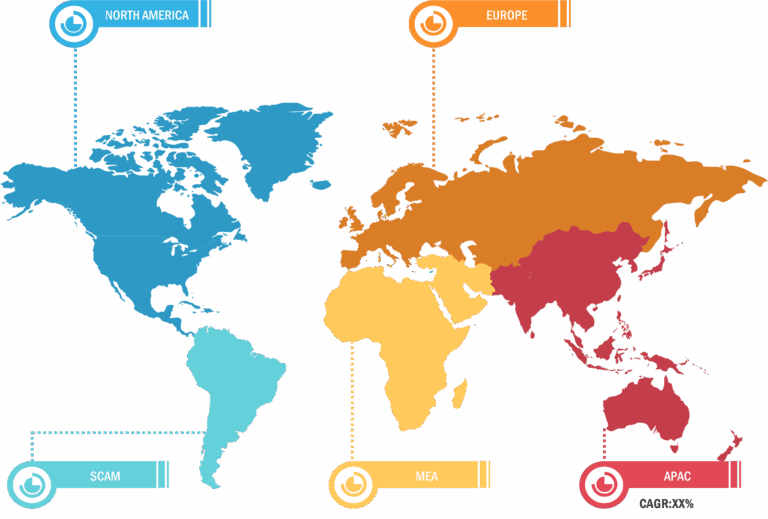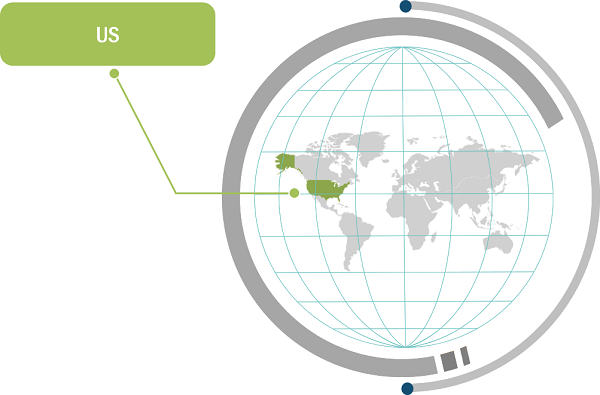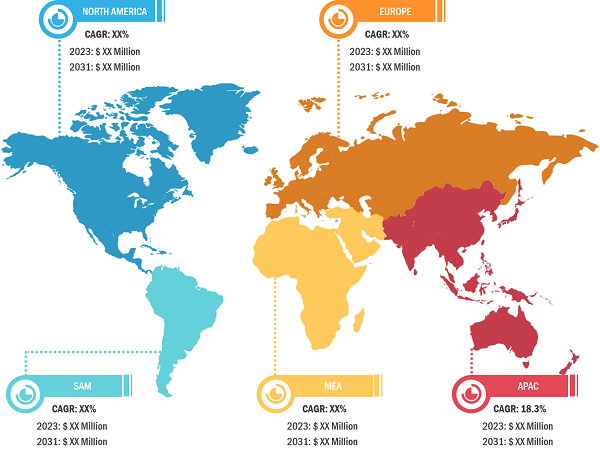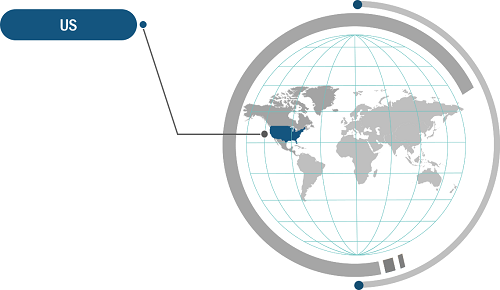
US Physiological Saline Market
The market growth in the US physiological saline market is driven by a rising prevalence of serious illnesses and fluid electrolyte disorders and surging demand for fluid electrolytes in the elderly population. However, the adverse effects of rapid isotonic saline infusion hinder the market growth. Further, less expensive saline solutions can improve speed and transport, likely to offer significant growth opportunities to the market in the US in the coming years.
Rising Prevalence of Serious Illnesses and Fluid Electrolyte Disorders Propels US Physiological Saline Market:
According to a report by the Center for Advance Palliative Care, ~90 million Americans are living with serious illnesses, and the number is expected to rise to more than double over the next 25 years. Additionally, a report by the National Health Council reveals that incurable and ongoing chronic diseases affect nearly 133 million Americans, which represents more than 40% of the total population of the country. Among these, almost 50% of all adults and 8% of children aged 5–17 have a chronic condition. The National Health Council’s report also mentions that the increasing cases of incurable chronic diseases among Americans result in ~75% of the healthcare costs.

Serious illnesses result in an imbalance in body fluids, such as low potassium, magnesium, calcium, and sodium levels. Improper levels of body fluids negatively impact the body’s function, muscle strength, and heart rhythm, which is associated with disorders of the kidneys or endocrine glands. For example, edema occurs when the body retains excessive fluid levels, resulting in swelling and pain in the patient’s face, arms, legs, hands, and feet. Further, losing more body fluids than consumed quantities results in dehydration, exhibiting symptoms such as thirst, weakness, lightheadedness, fainting, and decreased urine output. Therefore, chronic illnesses may result in body fluid imbalance in the patient’s body, which propels the demand for physiological saline administered as a part of their treatment. Thus, the rising prevalence of serious illnesses and fluid electrolyte disorders bolsters the US physiological saline market growth.
Rapid Sample Transportation Using Low-Cost Saline Solutions
A less expensive and readily available saline solution can be used for the safe transportation of testing samples, enabling more effective, long-distance transportation of samples to diagnostic labs. A readily available saline solution such as “Phosphate Buffered Saline,” a simple salt solution commonly available in hospitals and clinical laboratories, was used as a transport medium for coronavirus-contaminated specimens; the saline could keep the samples stable for up to 18 hours.
US Physiological Saline Market: Segmental Overview
The US physiological saline market, by type, is segmented into normal saline, hypertonic saline, hypotonic saline, and balanced saline. The normal saline segment held the largest market share in 2022. However, the hypertonic saline segment is expected to register the highest CAGR during the forecast period. The US physiological saline market, by packaging type, is segmented into flexible bags, plastic bottles, and glass bottles. The plastic bottles segment held the largest market share in 2022. The flexible bag segment is anticipated to register the highest CAGR during 2022-2030. The US physiological saline market, by application, is segmented as intravenous, ophthalmology, wound care, endoscopy, skin abrasion, and others. The intravenous segment held the largest market share in 2022, and the same segment is anticipated to register the highest CAGR during 2022-2030. The US physiological saline market, by route of administration, is categorized into intravenous and topical. The intravenous segment held a larger market share in 2022, and the same segment is anticipated to register a higher CAGR during 2022-2030. The US physiological saline market, by end user, is segmented into hospitals, specialty clinics, ambulatory surgical centers, home care, and others. The hospitals segment held the largest market share in 2022. The specialty clinics segment is anticipated to register the highest CAGR during 2022-2030.
During the COVID-19 pandemic, a shortage of viral transport media posed a major challenge in the transportation of specimens obtained from COVID-19 patients to diagnostics and testing labs, which resulted in an upsurge in the demand for sterile saline solutions. As a result, researchers recommended using inexpensive and commonly available salt solutions, such as phosphate-buffered saline solutions, for transportation. Therefore, the rising awareness of less expensive and readily available saline solutions, and their use in the transportation of medical specimens is likely to provide opportunities to the US physiological saline market during 2022–2030.
As per the Urban Institute report, the number of Americans aged 65 years and older would reach 80 million by 2040. By 2040, nearly 20% of Americans are likely to be aged 65 years or older. With aging, the dependency on fluid electrolytes would also increase as aging results in decreased glomerular filtration rate (GFR) and urinary concentrating ability as well as narrowed limits for the excretion of water, sodium, potassium, and acid. Additionally, total body water decreases with age. For example, by the age of 80, the water levels reduce by almost 50%, resulting in less arterial distensibility, decreasing baroreceptor reflexes, and sluggish hemostatic mechanisms. These alterations lead to increased susceptibility to hemodynamic changes among the elderly. Therefore, physicians need to understand the hemostatic changes that occur among elderly patients while treating the aging population. Therefore, the rising aging population, which is highly prone to fluid imbalance, propels the US physiological saline market.
US Physiological Saline Market: Competitive Landscape and Key Developments
Fresenius Kabi AG, Merck KGaA, AdipoGen Life Sciences Inc, Enzo Life Sciences Inc, ICU Medical Inc, Grifols SA, Geno Technology Inc, B Braun Medical Inc, Pfizer Inc, and Ward’s Science are a few of the key companies operating in the US physiological saline market. Leading players focus on expanding and diversifying their market presence and clientele, tapping prevailing business opportunities.

